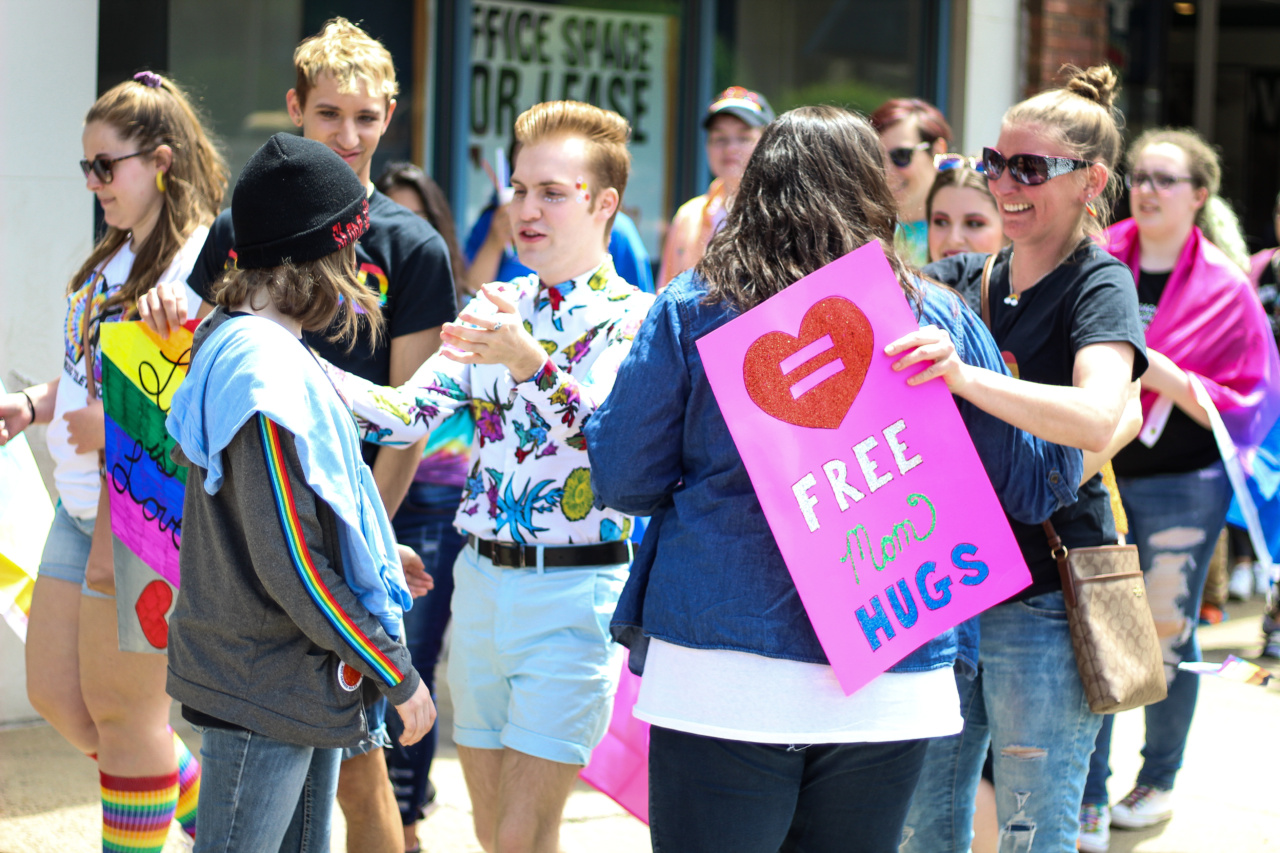When we think of strokes, we often associate them with older individuals. However, stroke can affect people of all ages, including young adults.
It’s crucial to be aware of the early signs of stroke in young people, as recognizing them promptly can lead to faster treatment and a better prognosis. In this article, we will discuss the key symptoms that young people should watch out for.
1. Sudden Weakness or Numbness
One of the most common early signs of stroke is sudden weakness or numbness on one side of the body. This can occur in the face, arm, or leg and is usually unilateral.
2. Difficulty Speaking or Understanding
If you notice sudden difficulty speaking or have trouble understanding others, it may be an early sign of stroke. Young people experiencing a stroke may slur their words or find it challenging to find the right words.
3. Severe Headaches
Although migraines and headaches are prevalent among young adults, a sudden and severe headache that feels unlike any previous headaches could indicate a stroke.
If the headache is accompanied by other stroke symptoms, it’s important to seek medical attention immediately.
4. Vision Problems
Blurry or decreased vision, especially in one eye, can be an alarming sign of stroke. Young individuals experiencing a stroke may have double vision or struggle to see clearly out of one eye.
5. Dizziness and Loss of Balance
Feeling dizzy, unsteady, or experiencing a sudden loss of balance without any apparent cause can be a warning sign of stroke. Young people may find it difficult to walk straight or maintain their balance.
6. Trouble with Coordination
If you suddenly have difficulties with coordination, such as stumbling, tripping, or a lack of fine motor control, it could be an early indication of a stroke.
7. Confusion and Cognitive Changes
Stroke can affect cognitive functions, leading to confusion, memory problems, and difficulty concentrating. Young individuals may feel disoriented, have trouble making decisions, or experience memory lapses that are unusual for their age.
8. Nausea and Vomiting
In some cases, stroke in young people can present with persistent nausea and vomiting, without any gastrointestinal cause. If these symptoms are accompanied by any other signs of stroke, immediate medical attention is necessary.
9. Fatigue and Weakness
Sudden and persistent fatigue, coupled with a generalized feeling of weakness, is an early sign of stroke that should not be ignored. Young adults may experience difficulty performing everyday tasks that were previously effortless.
10. Mood Changes and Emotional Disturbances
Stroke in young individuals can lead to sudden mood swings, emotional instability, depression, or unexplained bouts of crying. These emotional changes, together with other signs, should be taken seriously when considering the possibility of a stroke.
In Conclusion
While strokes in young people are relatively rare, they can and do occur. Recognizing the early signs of stroke is crucial, as prompt medical intervention can significantly improve outcomes.
If you or someone you know experiences any of the aforementioned symptoms, especially if they occur suddenly and together, do not hesitate to seek emergency medical attention. Remember, quick action could save a life or prevent long-term disability.































